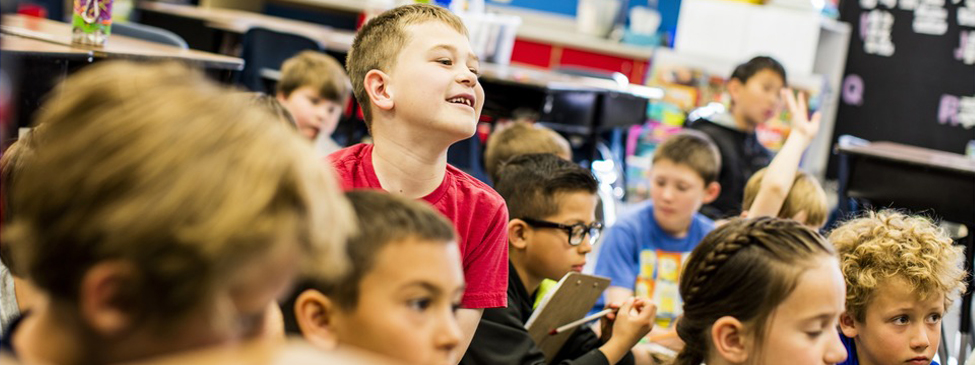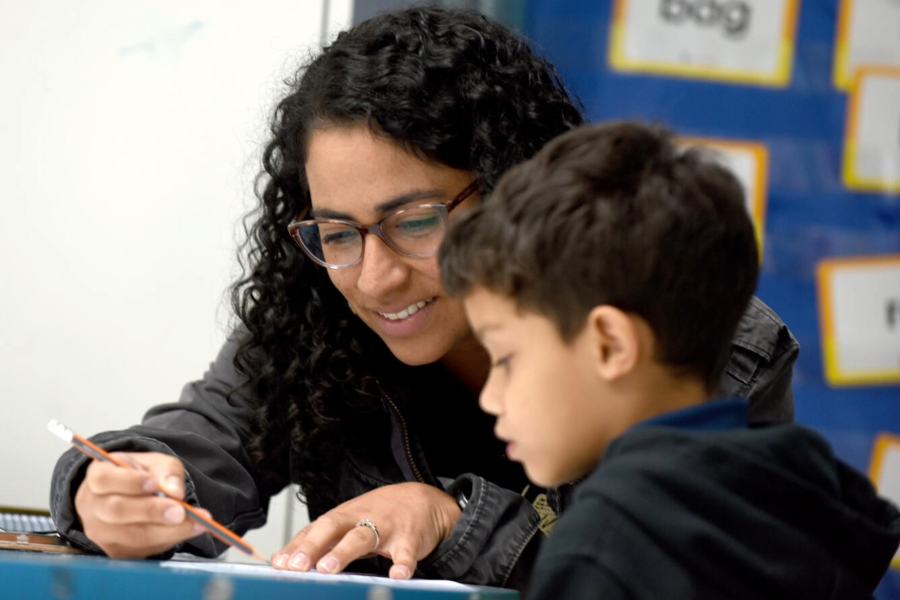In a recent op-ed, vocal Common Core critic Diane Ravitch argued that higher academic standards have failed taxpayers and students alike. Notably absent from her critique—and from most conversations about Common Core—are the voices of teachers and students who have experienced these new standards in real classrooms. They’re the voices we highlight in Room to Run, our new multimedia feature.
Chris Hayes, a second grade teacher in Reno, Nevada, is one of the teachers we profiled. Here’s what she had to say about what higher standards mean to her and her students, in a Letter to the Editor published by the New York Times:
Diane Ravitch argues that the Common Core standards have created a “sense of failure” among children.
Here’s what I know, as an educator with two decades of experience who teaches the Common Core every day: Higher standards don’t create a sense of failure. They create a sense of possibility that lifts children to their full potential.
Here’s some of the “hopelessness” I’ve seen in my second graders recently: Abril is reading and writing independently, even while she builds her English skills. Brandon is hooked on learning about everything from insects to American history.
My class engages in rousing discussions about the abolitionist movement. We don’t do test prep, but my students are prepared for any test, because they’re challenged every day.
This doesn’t happen overnight. Many schools across the country are just starting to move from the dumbed-down standards of the past, and that takes time. It will take time to see growth on harder tests, too.
But if we don’t raise the bar, we’ll never close those achievement gaps.
The Common Core has re-energized my teaching. I finally feel that I’m doing the right thing for my students. And my students are benefiting as a result.
This post was originally published by The New York Times.



